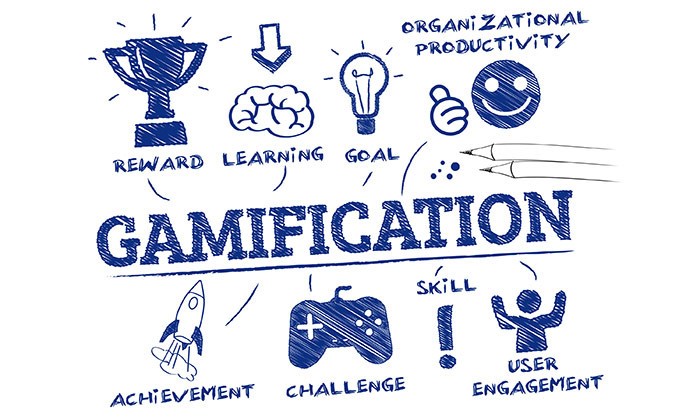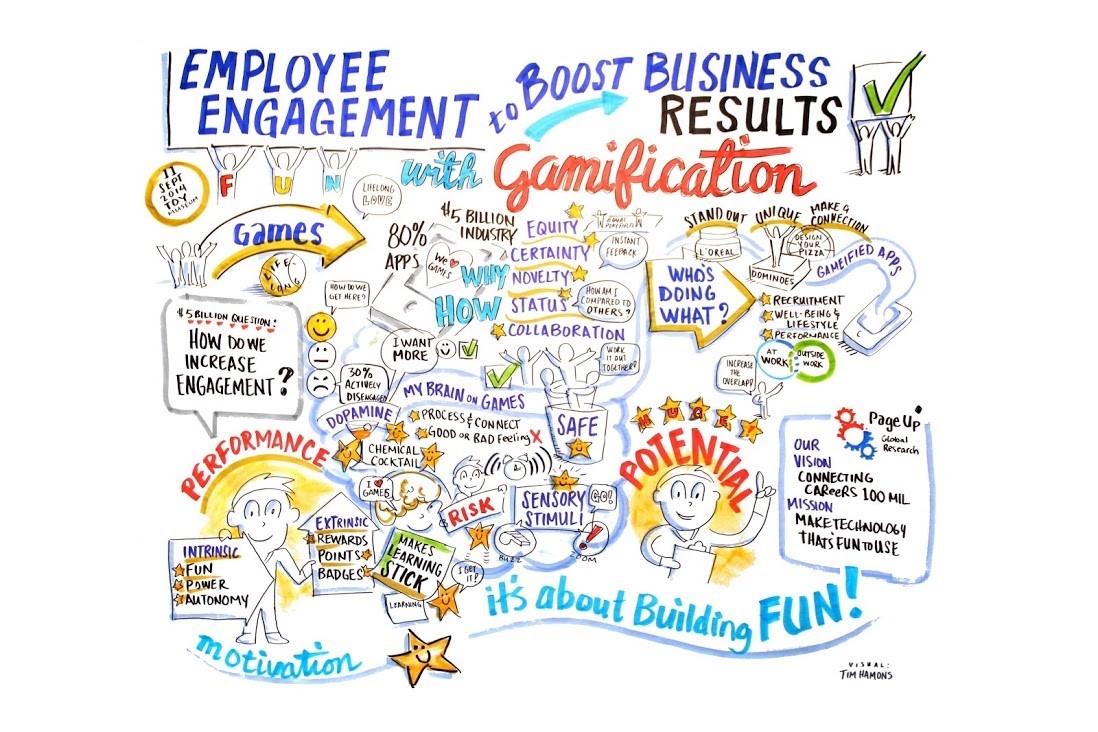
Gamification is fast becoming a very popular technique to get people intrigued and involved. This holds true in HR as well. As organization world over rack their brains on new ways to manage their employees, gamification is seeing acceptance is making sure that employees are motivated and enthused.
Gamification is the use of game principles and techniques in non game scenarios. The carrot and stick method of motivated is redundant and archaic. There is a new paradigm shift in understanding what motivates people. It stems from a thought that people are intrinsically motivated, thus following the tried and tested Maslow’s hierarchy of needs. This thought process acts as a perfect base on which gamification can be implemented. It offers many opportunities for intrinsic motivation. It acts on basic human desires of purpose, mastery, autonomy and relatedness.
Gamification creates an atmosphere of healthy competition and fosters a culture of enjoyment, creativity, efficiency and effectiveness. Organizations are using it in a variety of situation from real-time performance-based employee leader boards to simulated recruitment process.

The author of Gamification of Learning & Instruction, Karl Kapp, says “The key to gamification is how addictive it can become across all generations of people”. He believes that the advantages that are part of gamification will encourage users to stay engaged and interact with each other, building stronger relationships. Many renowned organizations like Marriott, Cognizant, Deloitte, Aetna, and a few others are using gaming to improve workforce alignment, enhance employee skills, solve complicated issues and tap into new talent pools.
Here are a few examples of use of gamification in HR
- CISCO
Cisco uses gamification in various different programs, including learning & development. They use gamification principles in their social media training to build this skillset for their employees. Marketing associates learned to use Twitter to service their customers. Sales learned to use LinkedIn to reach their customers and HR-employees learned to use LinkedIn to search for candidates. The fun factor is increased by introducing team challenges. Players can earn badges for completing different challenges.
- NTT
NTT uses an internal game called ‘Samurai’ to test top management leadership qualities. After answering a series of questions, the participants are asked to join a quest to test their managerial skills The game helps NTT to find the good leaders within the company and gives insights on who needs more help in which area.
LinkedIn turned the concept of recruitment on its head and organised a Recruitathon! LINKEDIN worked with Flipkart to organise their first Recruiting Hackathon: a fun way of getting teams together on a challenging project, chasing critical hard to fill open positions in record time. They scored 226 candidates in less than 5 hours.
Gamification is a very powerful tool and can be effectively used to ensure employee retention and create a positive and fun work atmosphere. This just goes to show that life can be all fun and games…almost!


